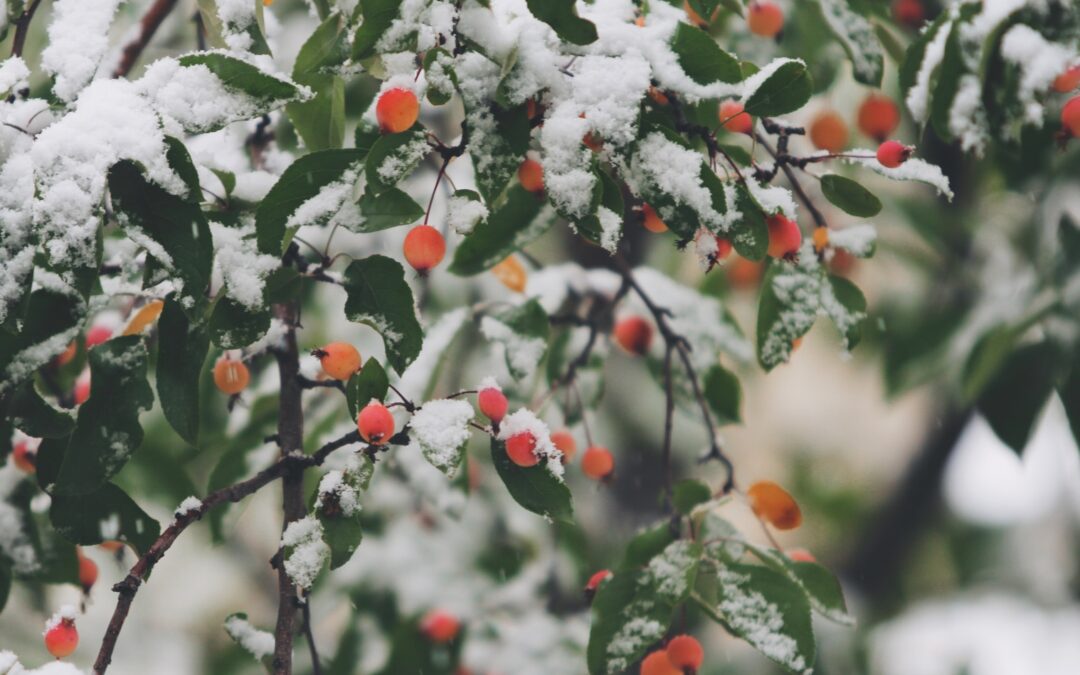Winter can be a harsh season for landscaping when strong winds, cold temperatures, and icy conditions take their toll on your outdoor areas. But don’t let the weather stop you from enjoying your landscaped garden.
With some simple strategies and precautions, you can protect your lawn and landscaped gardens during the winter so that they continue to look beautiful throughout the year. Read on to discover four tips to help you keep your landscaped property at its best no matter what winter brings.
Clear Huge Mounds of Snow Around Your Property
Large mounds of snow can cause irreparable damage to plants due to excessive weight. Heavy snow can break branches, damage the shrubs in your yard, and even kill plants.
The plants have no way to escape the weight of the snow and will ultimately end up crushed beneath the snow’s weight. The grass on your lawn is especially vulnerable to this issue, especially when the snow stays untouched for a long time.
When the snow finally melts in the warmer weather, your gardens or flowerbeds can easily start to flood. This problem results in soft areas of soil that are vulnerable to compaction and disruption from foot traffic. Compaction can lead to a decrease in soil quality, which triggers subpar growth and development in your landscaped plants.
So when the snow starts to pile up, clear any large mounds of snow you see around your landscaped gardens. You can clear the mounds with a shovel or even rent a snowplow to get the job done faster. But since the plants are already vulnerable to winter weather, you need to be very careful not to damage them further.
An experienced landscaper will know how to properly navigate the landscaped area to avoid damage to any plants or shrubs. They can safely remove the accumulated snow to give your landscaped garden more room to breathe.
Install Windbreaks
Strong winds can damage landscaping, particularly evergreen trees and shrubs that can easily dry out from the wind chill. Wintertime is especially prone to strong gusts of wind, so you should install some kind of windbreak around your landscaped property.
Windbreaks can be anything from a fence to landscaping stones that you strategically place around the perimeter of the landscaped area. The windbreaks help lessen the impact of strong winds and keep your landscaped gardens safe.
You can even place large shrubs strategically around the landscaped area to provide additional protection. The idea is to create an environment that reduces the effects of winter wind and helps keep the landscaped gardens safe.
Water the Landscaped Plants Regularly
Watering your landscaped plants is key during winter. Even though the weather may be cold, landscaped plants still need water to survive. Don’t assume the moisture from frozen ice will be enough to keep your landscaped gardens watered when the ice melts off during the freeze/thaw cycles.
In fact, the landscaped plants won’t be able to absorb any of the ice water if the ground is already frozen, which makes regular watering even more important.
Make sure that landscaped gardens and trees are watered every week or so, even if there are no signs of plant stress. If temperatures are frigid, you may even need to water landscaped plants more often.
And if your property often experiences heavy snowfall, you should invest in a snow fence to help divert the snow away from the landscaped gardens and other aesthetic features. The fence will also help ensure that the snow doesn’t pile up and cause further damage to your lawn.
Install a Protective Cover Over Delicate Plants
Certain landscaped plants, such as perennials and roses, can be extremely delicate and prone to winter damage. They have little protection against heavy ice and snow and can suffer frost damage if you leave them unprotected.
As such, you’ll need to provide special protection for these landscaped plants during winter. Install a protective cover such as burlap over tender landscaped plants to provide an added layer of insulation for the delicate plants.
You can also add mulch or bark to the landscaped gardens to provide extra insulation. The mulch and bark will help retain the landscaped plant’s heat and keep them safe through the harsh winter months. Most people prefer to apply mulch before the cold winter temperatures set in, but you can still do it in the thick of winter if you feel the need to.
Alternatively, you can hire a landscaping contractor to come and cover the landscaped gardens with a special winter tarp specifically designed to protect plants from harsh weather. Trees might be too large to cover with a tarp, but you can invest in special tree wraps that can adequately insulate the trees and help them survive winter.
The next time you plan your landscaping, keep in mind that some plants may not be able to tolerate the cold and snow. Consider landscaped gardens with more winter-hardy plants that can survive freezing temperatures and harsh weather.
And if you must have vulnerable plants on your lawn, hire qualified experts like Schulhoff Tree & Lawn Care, who can help you take the necessary steps to protect your plants from the winter chill. Your landscaped gardens will continue to look their best, even in the harshest winter climates.

